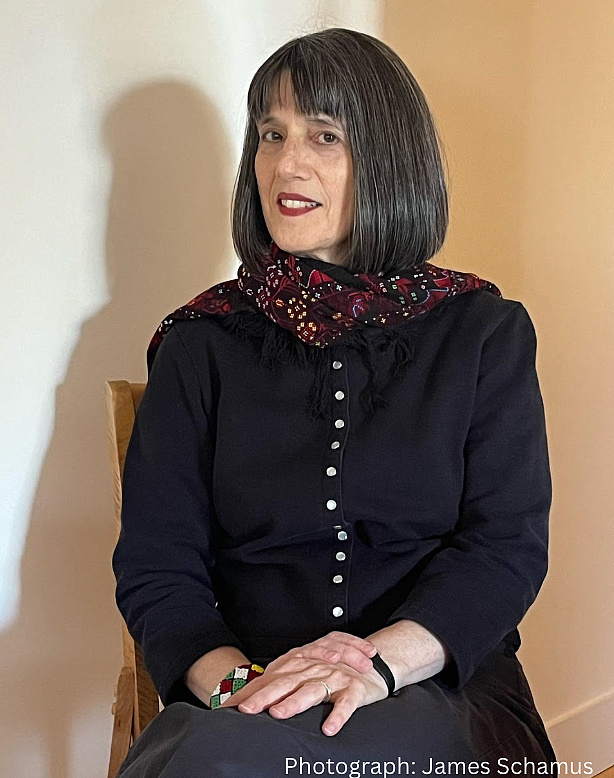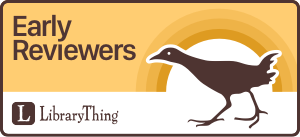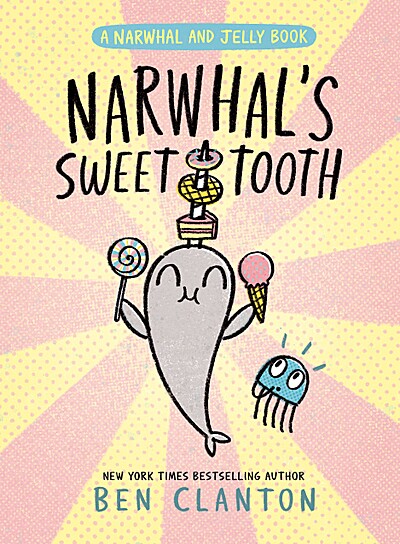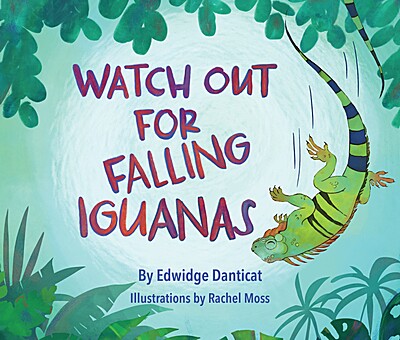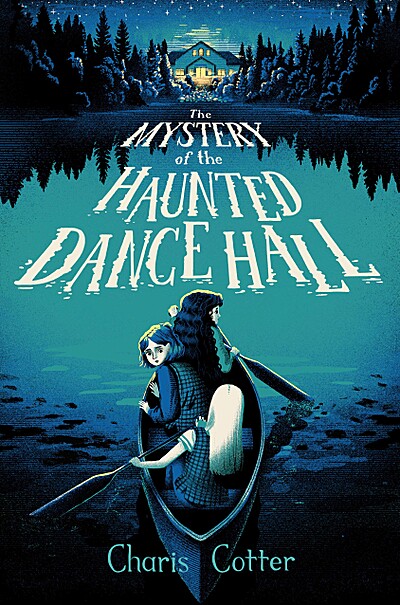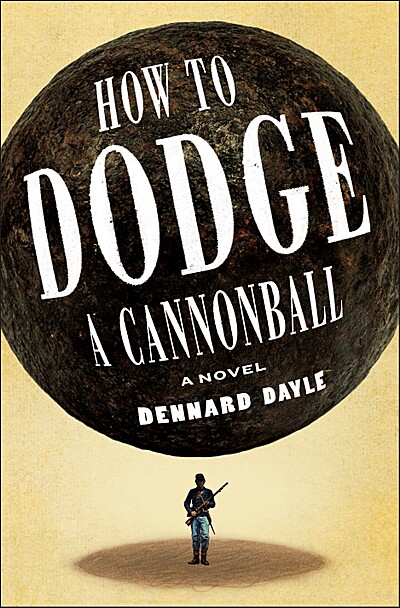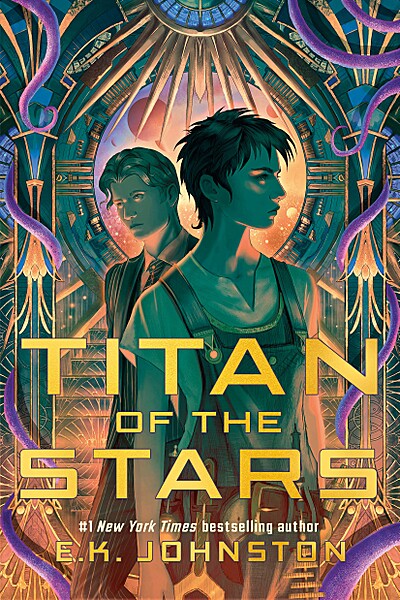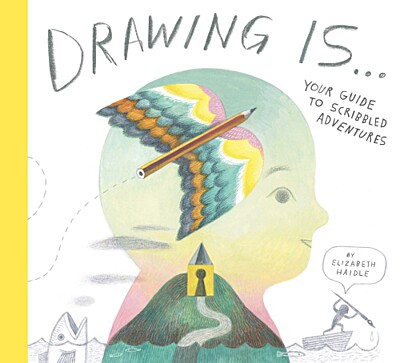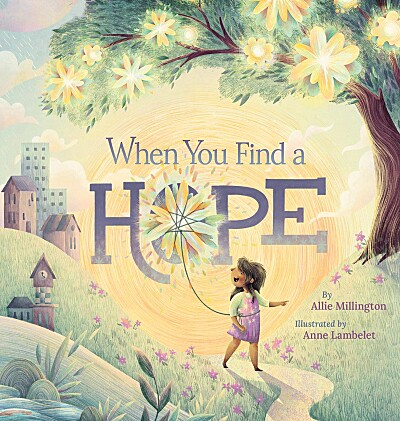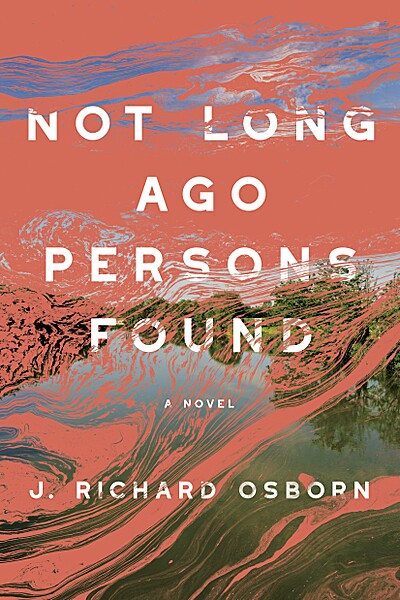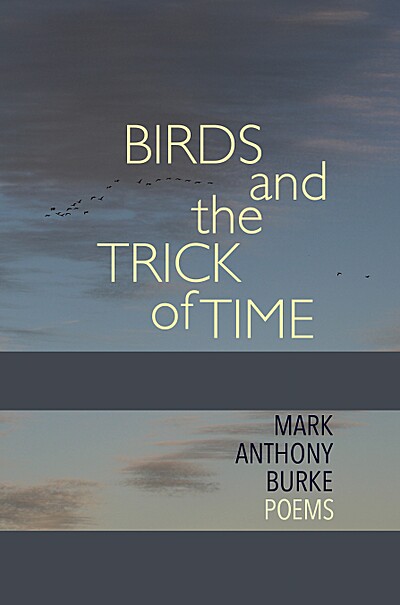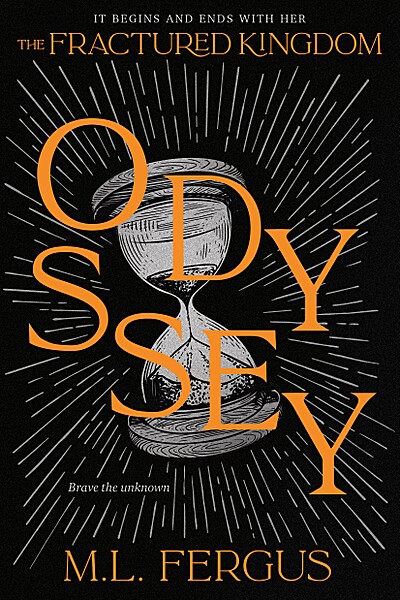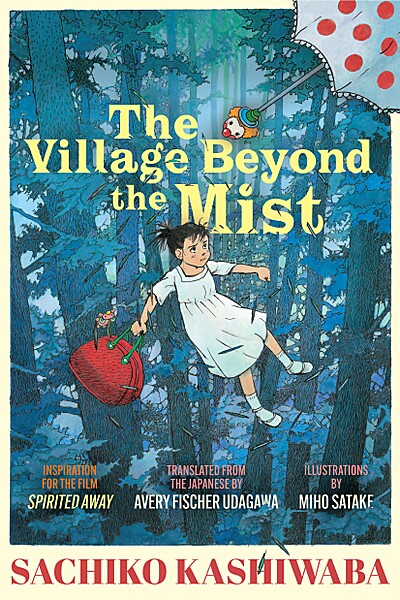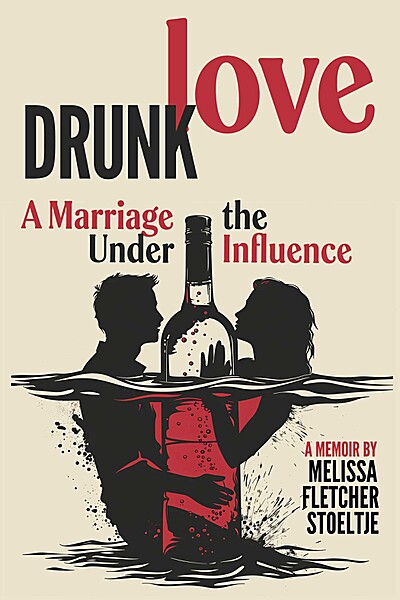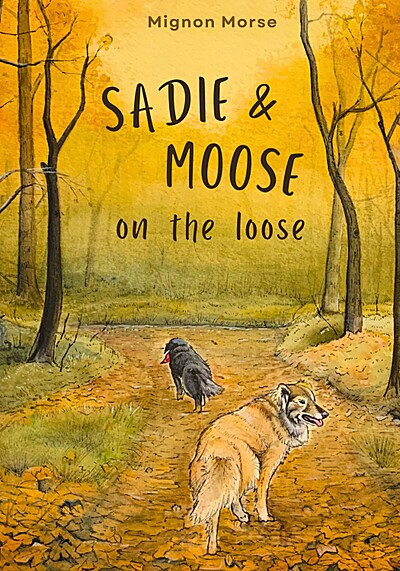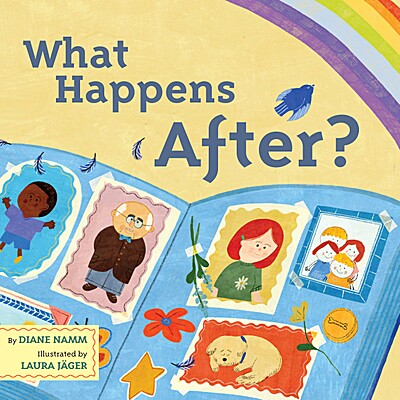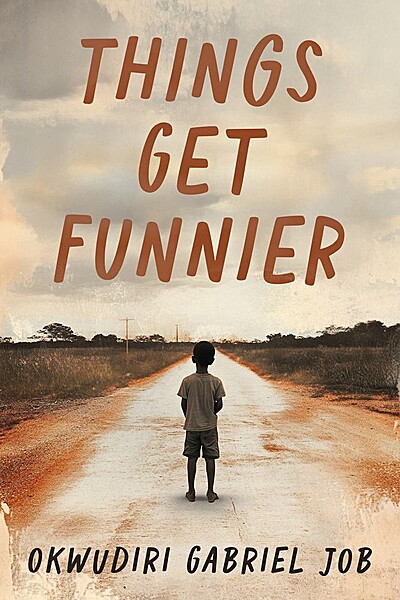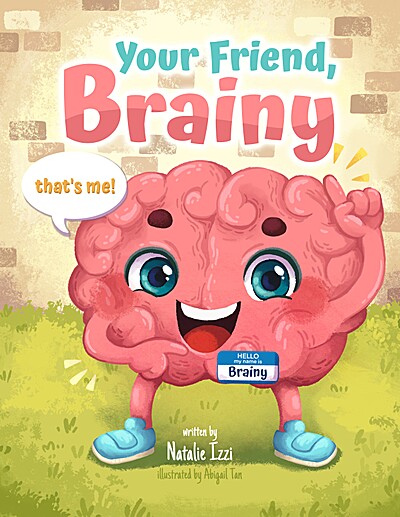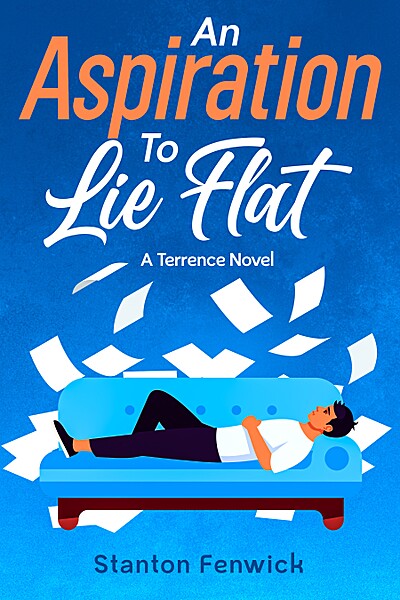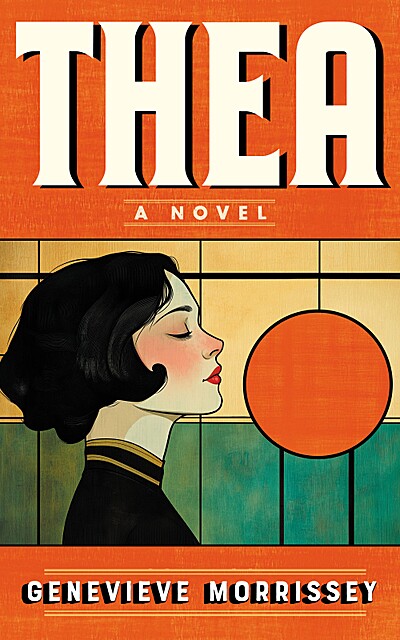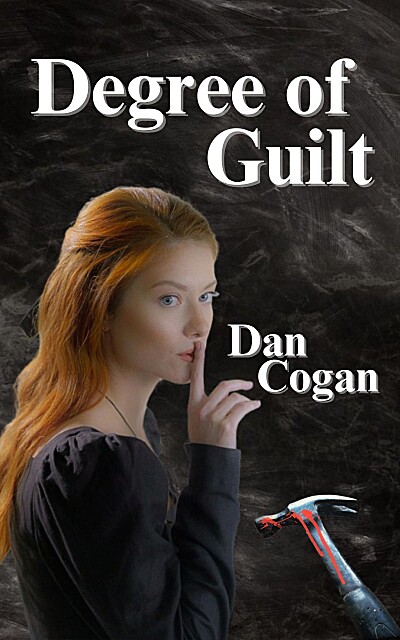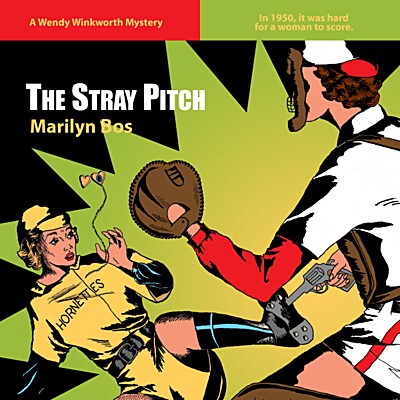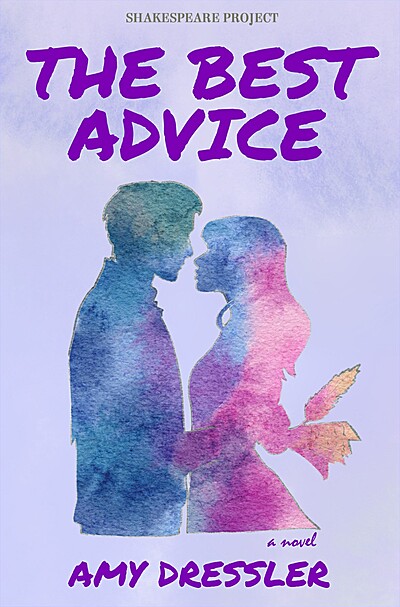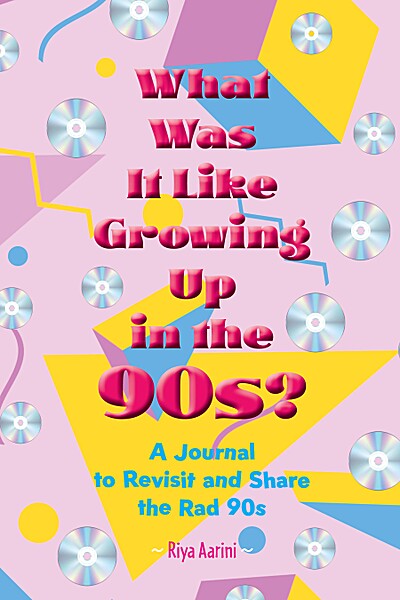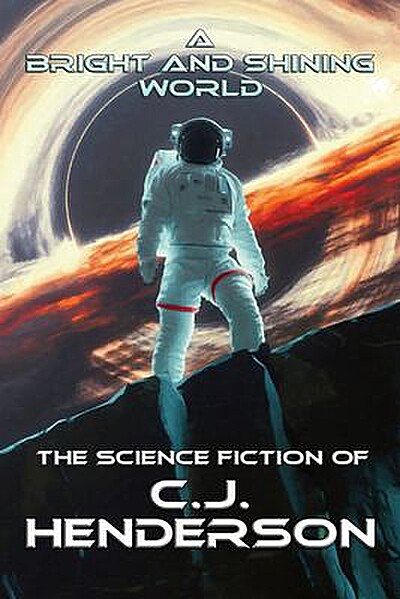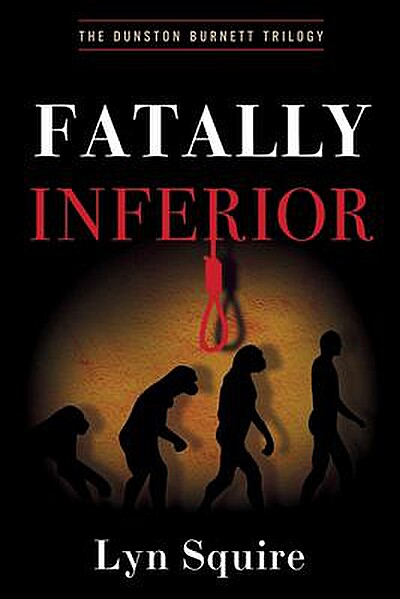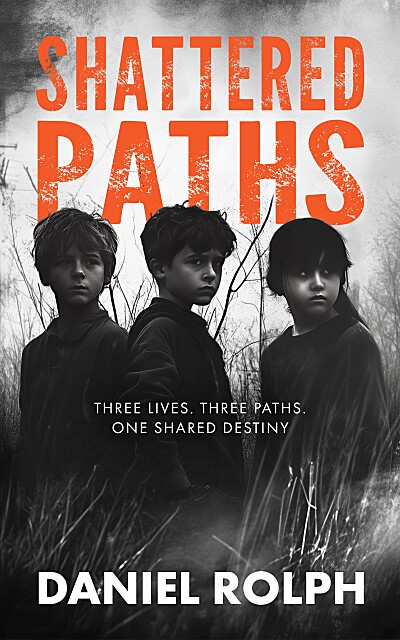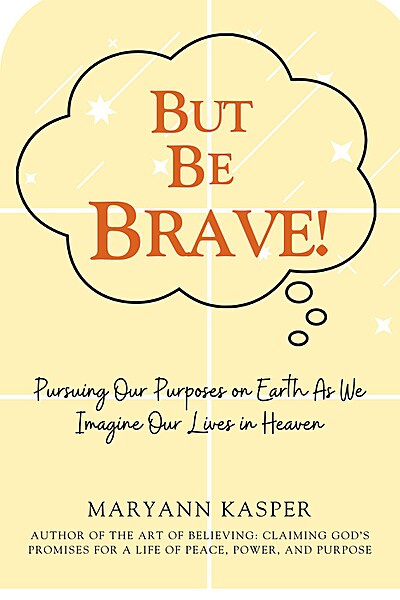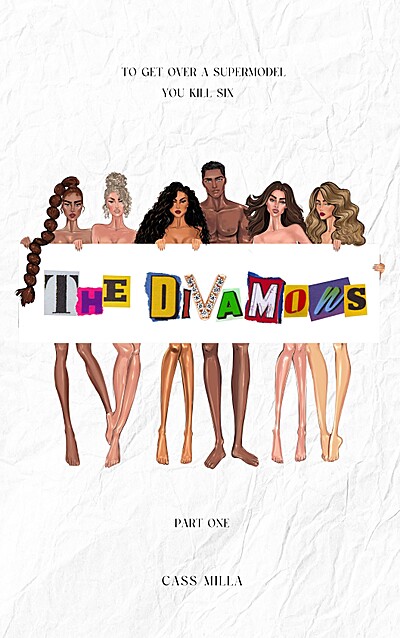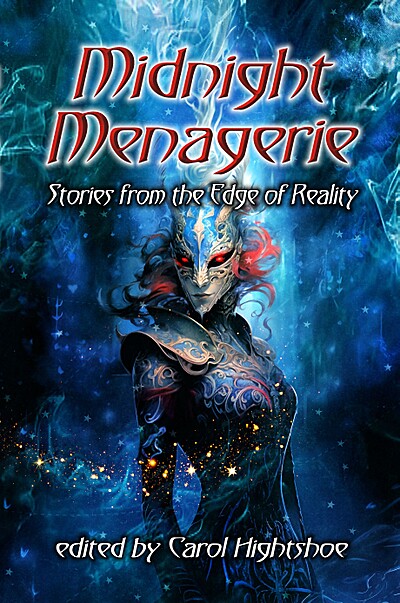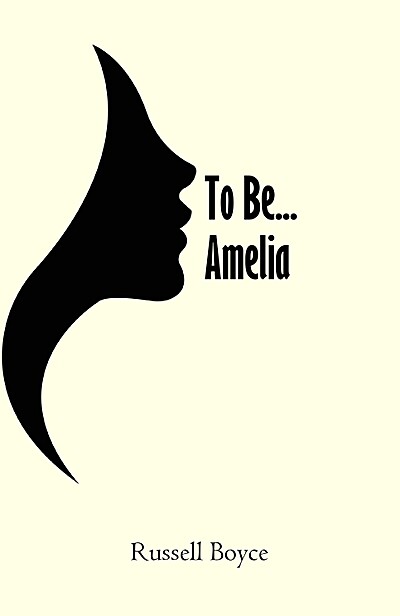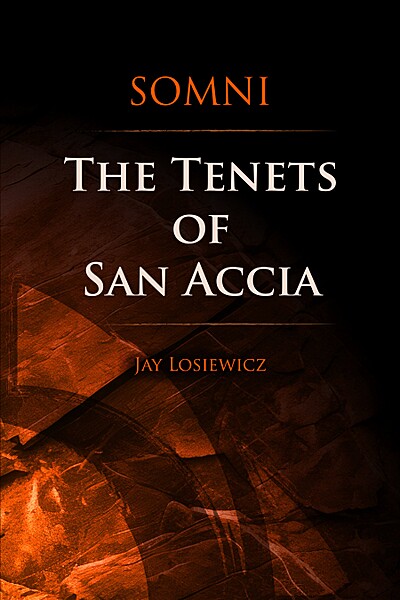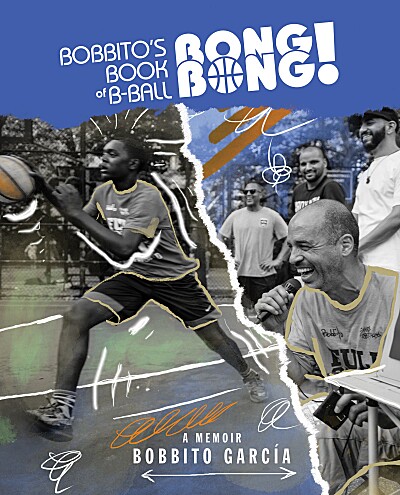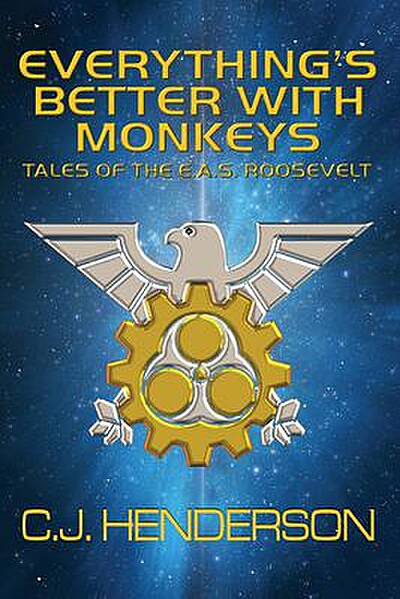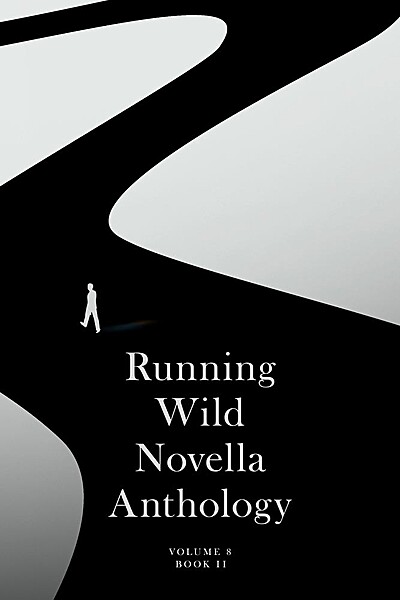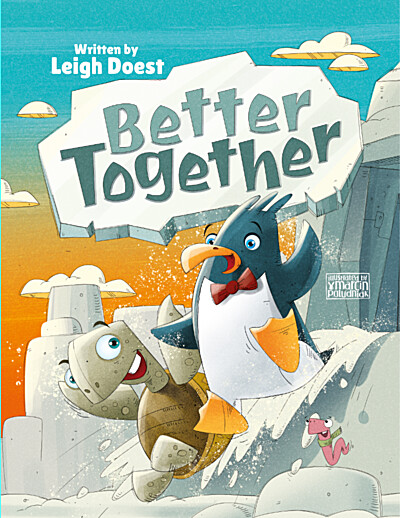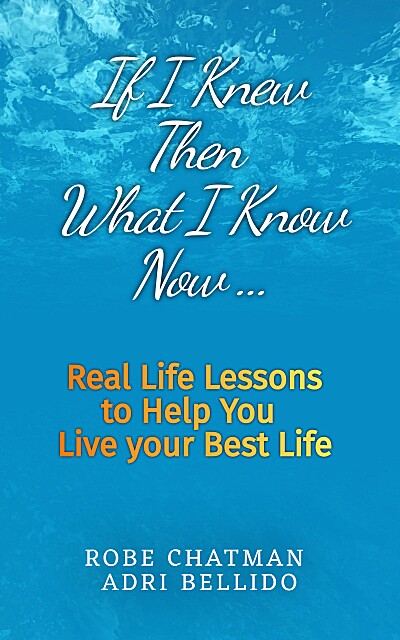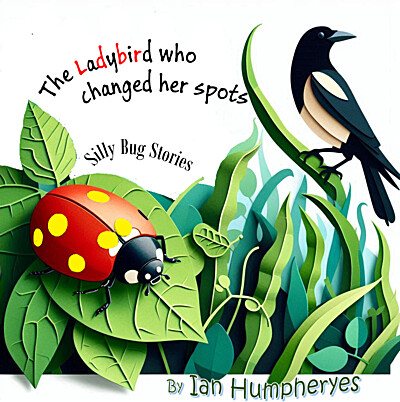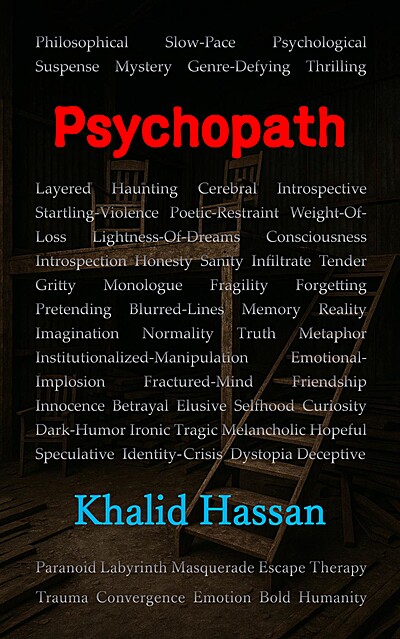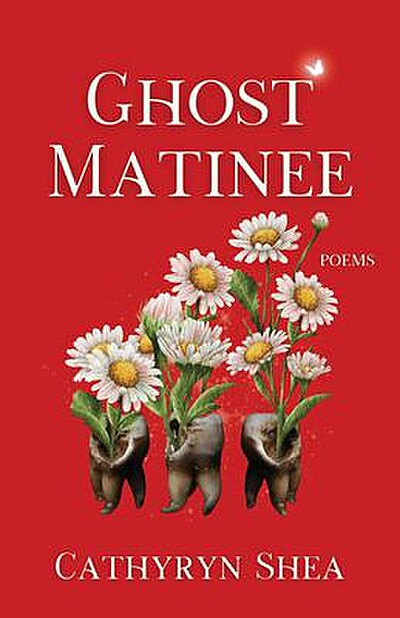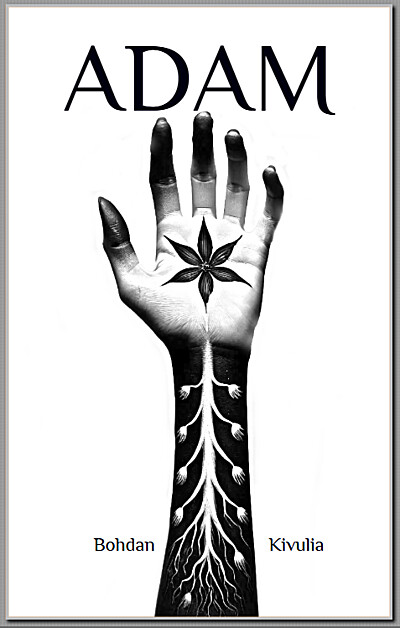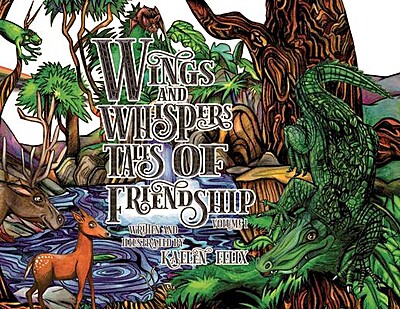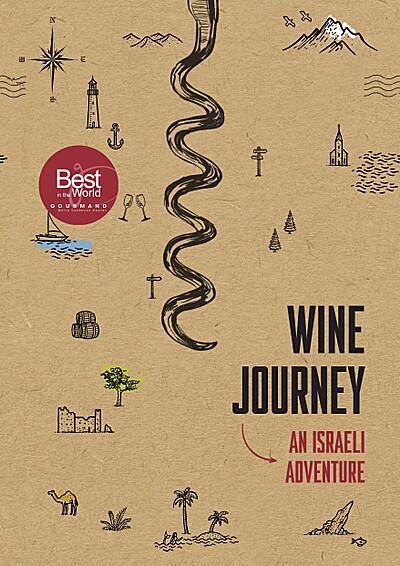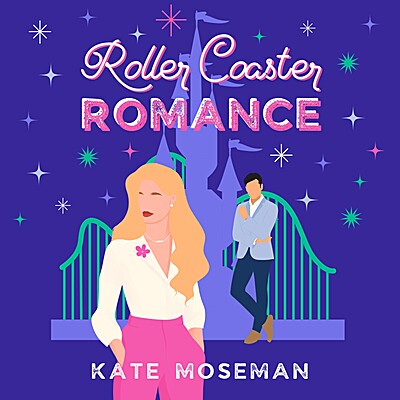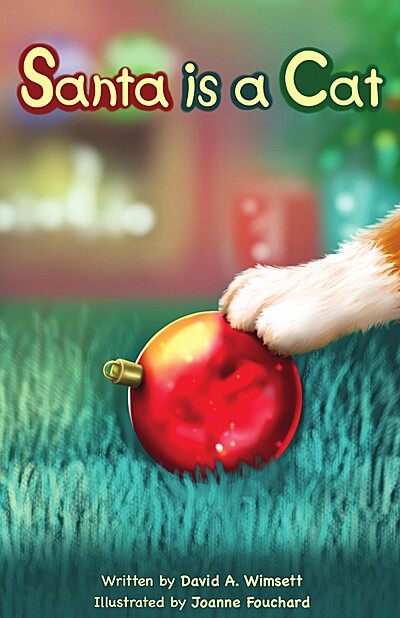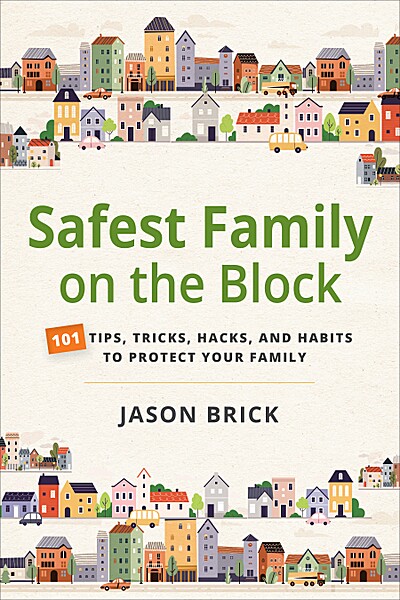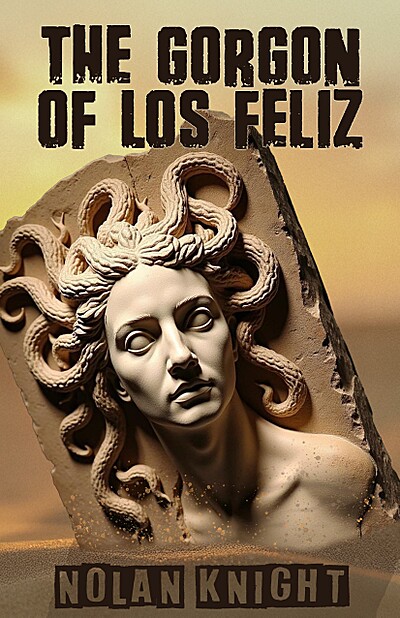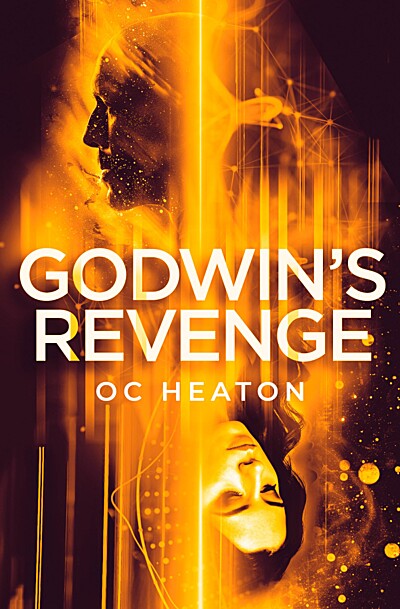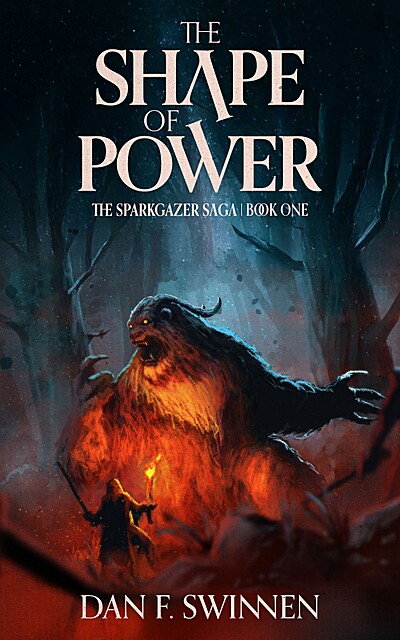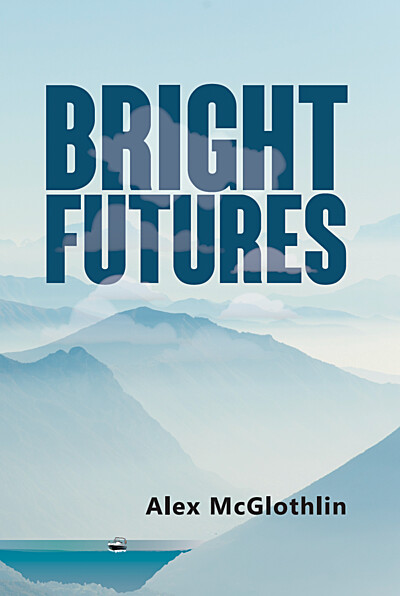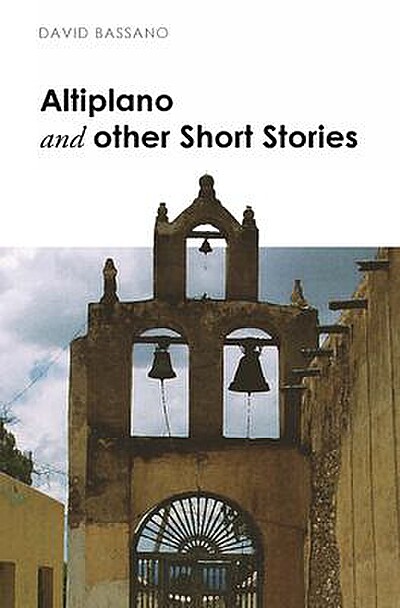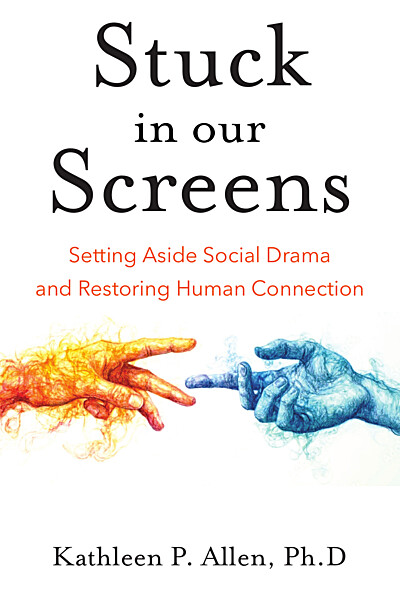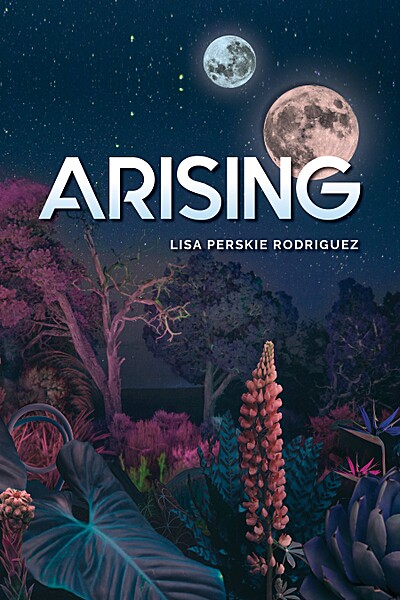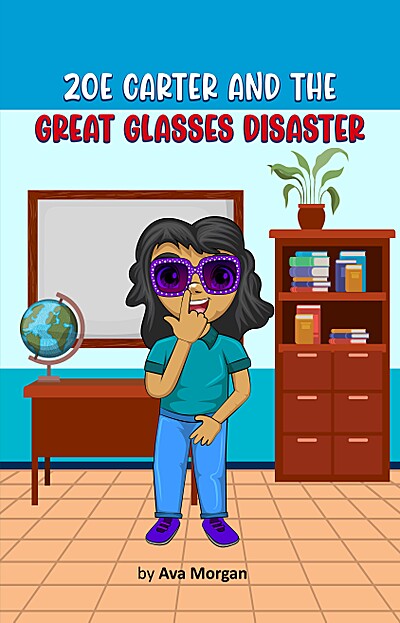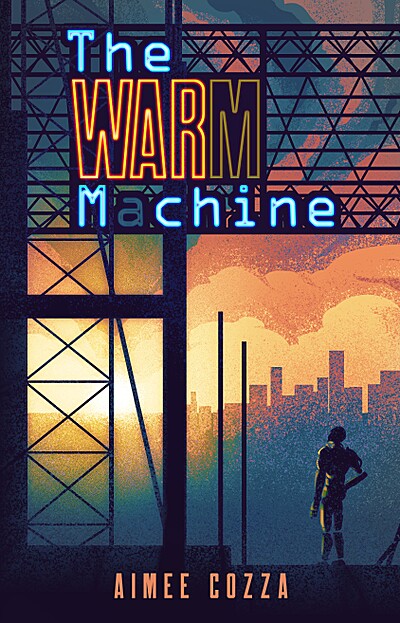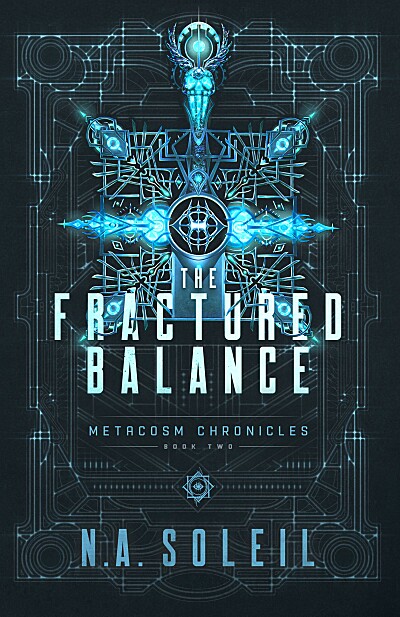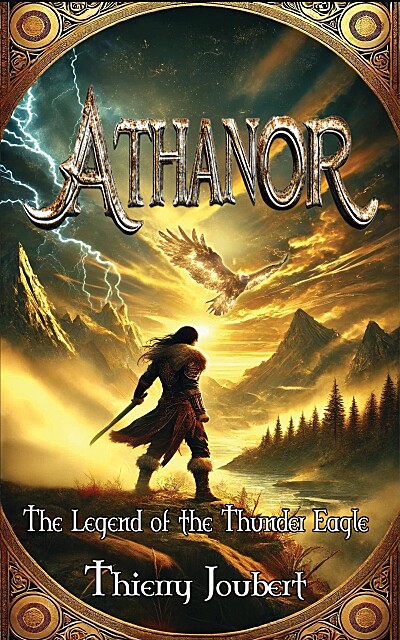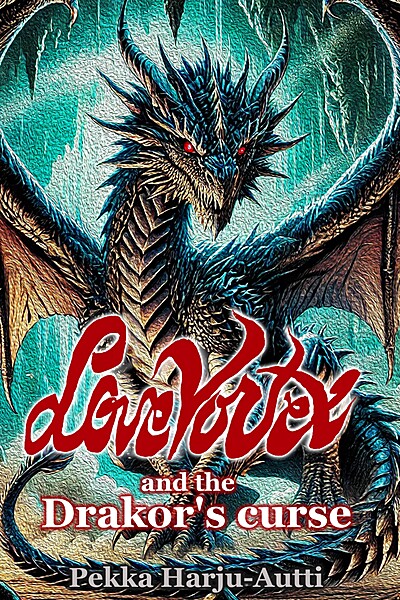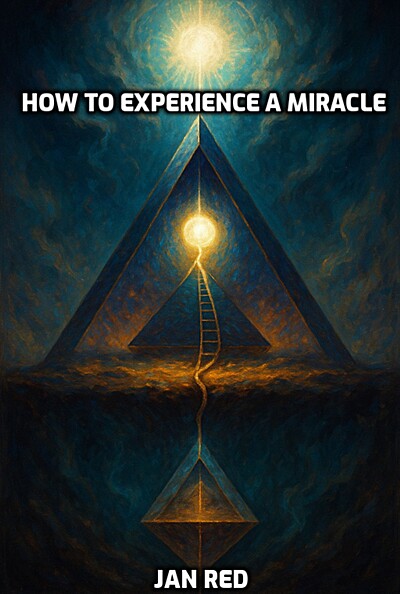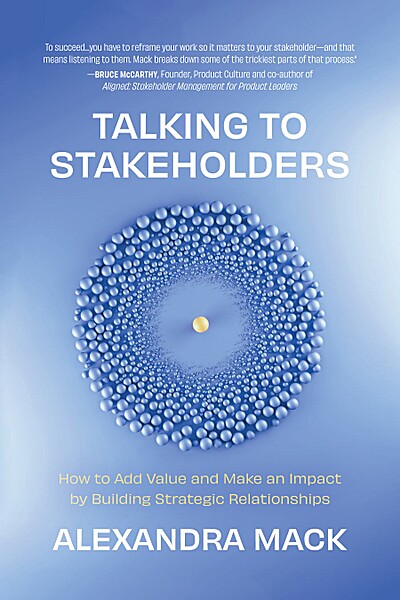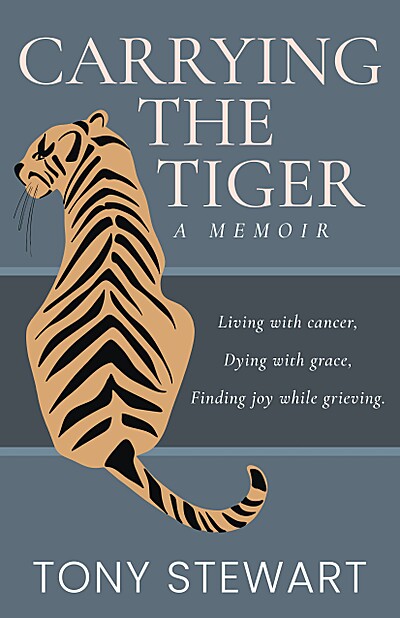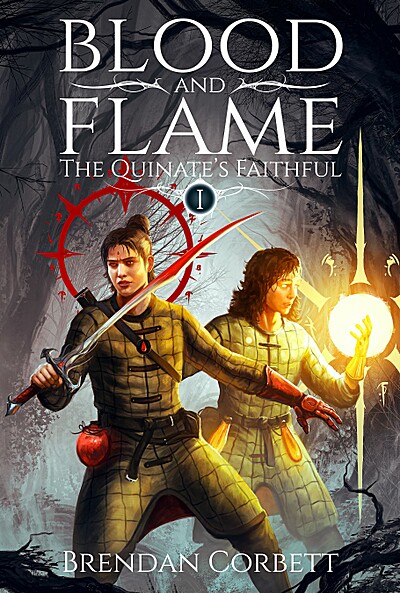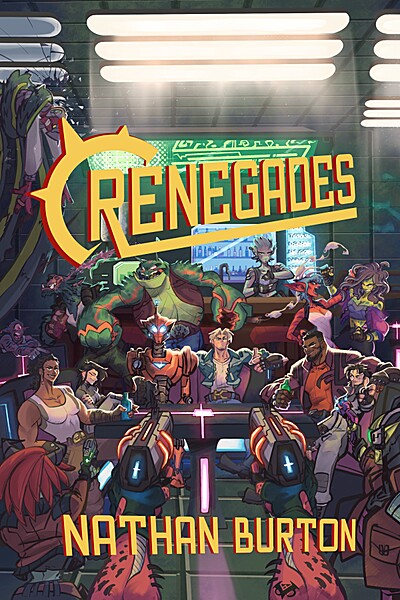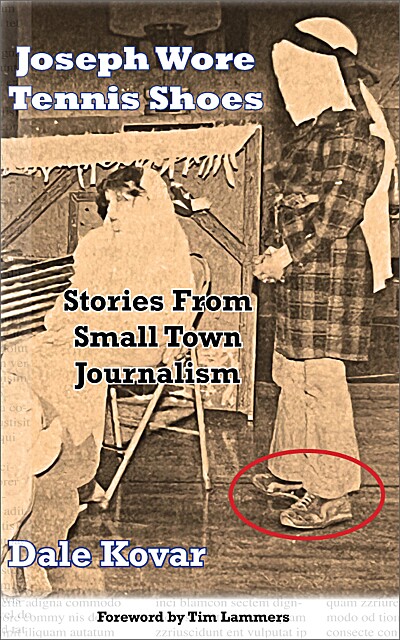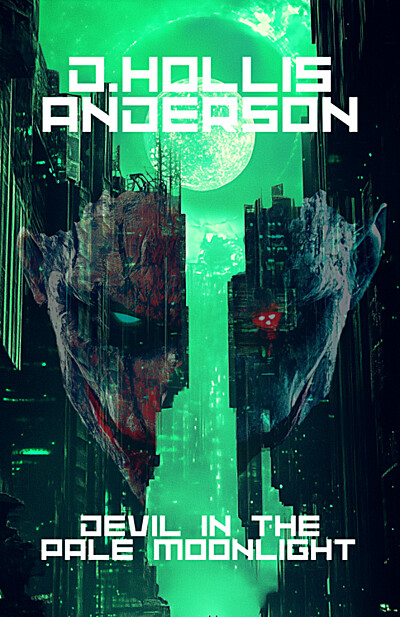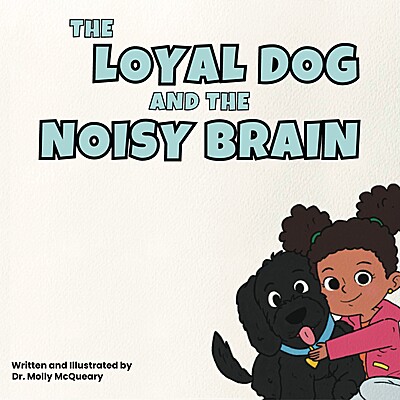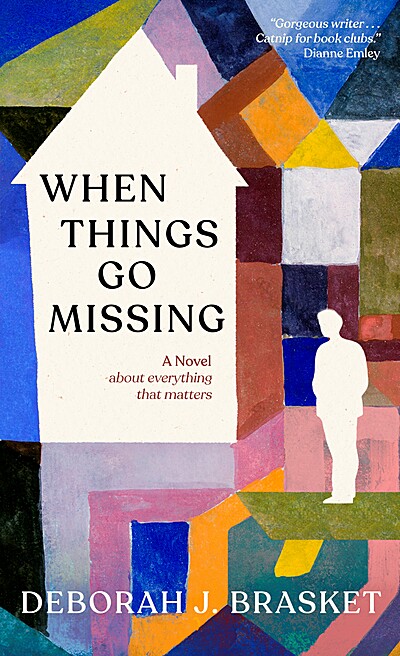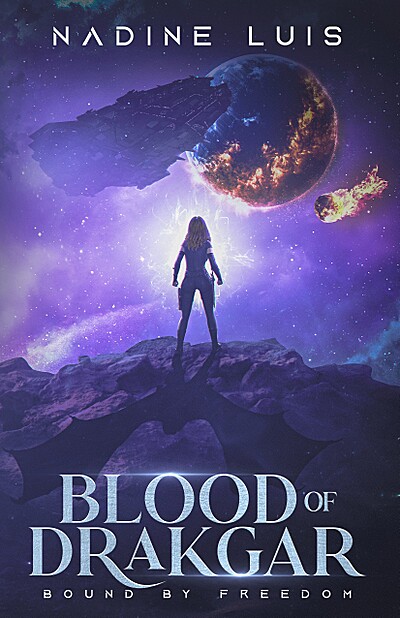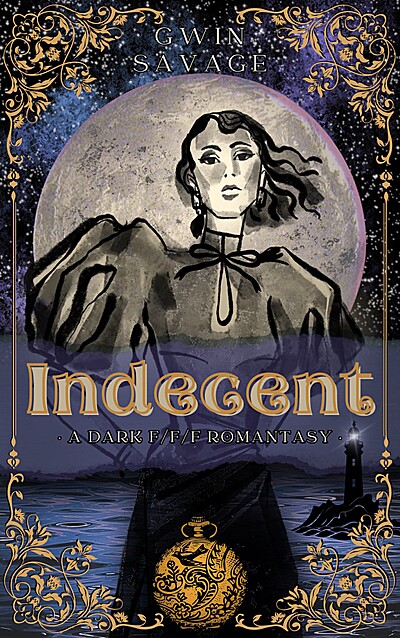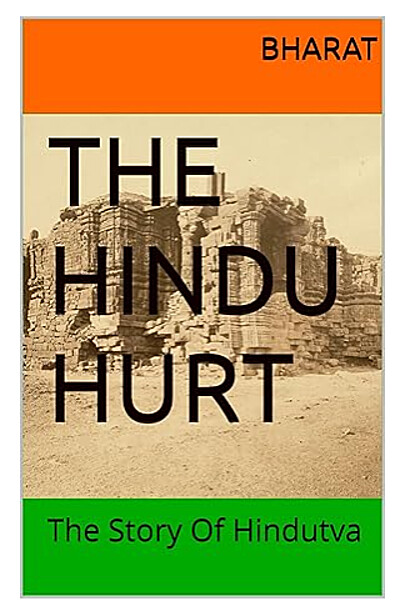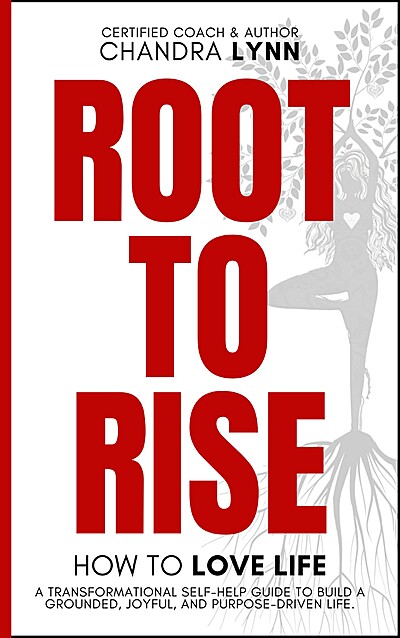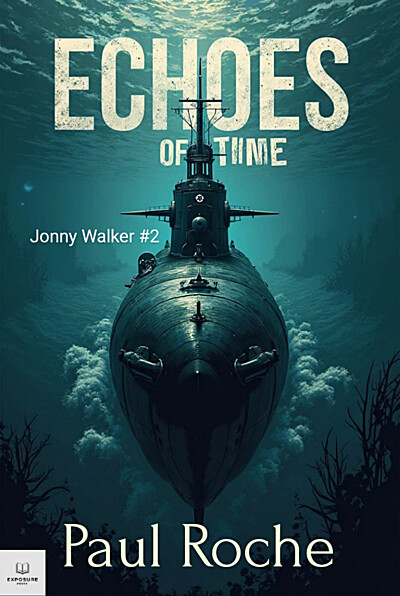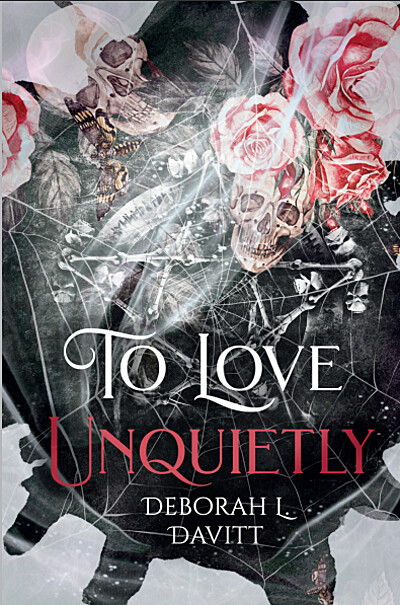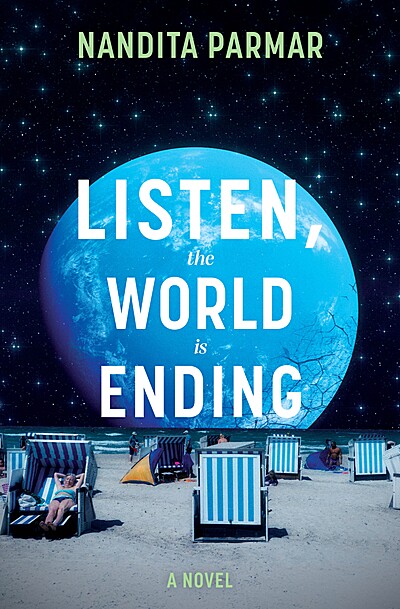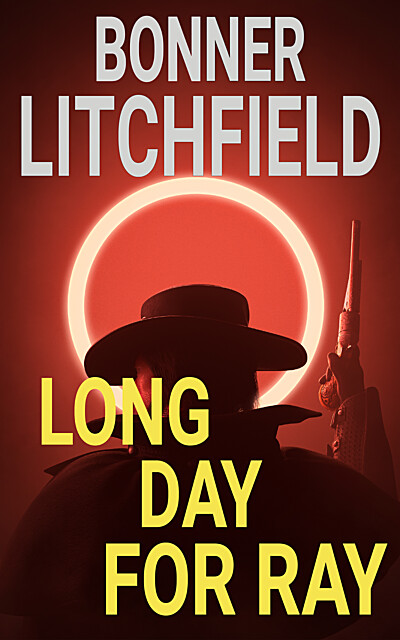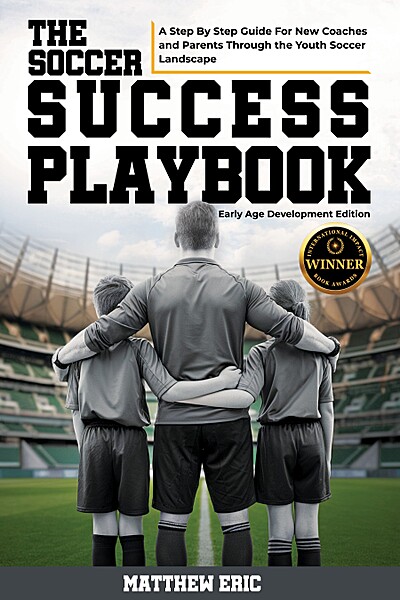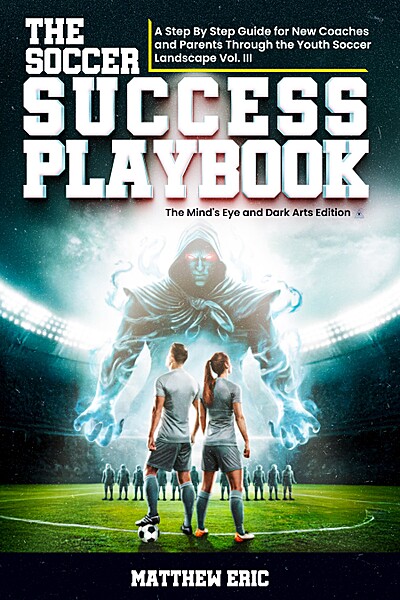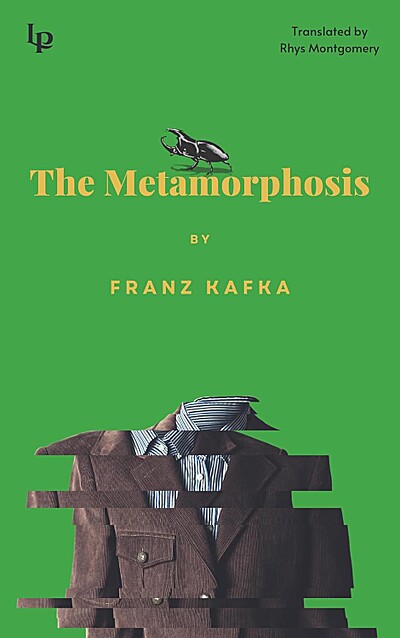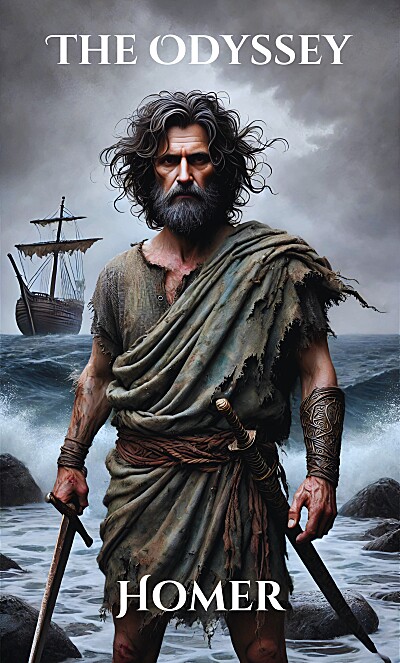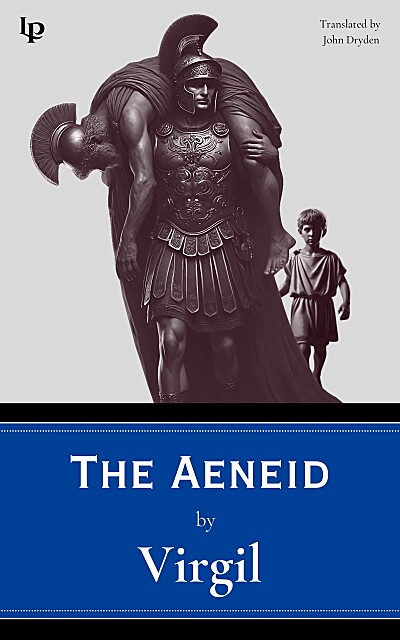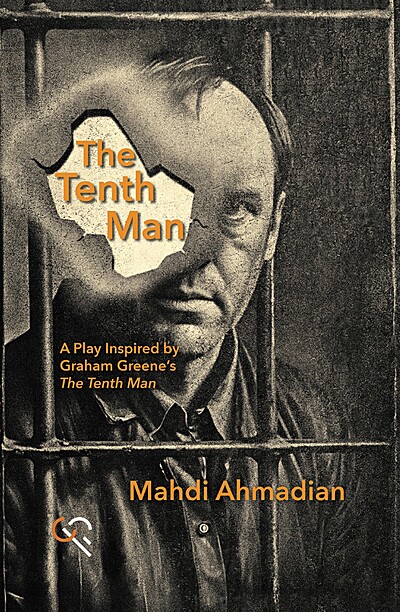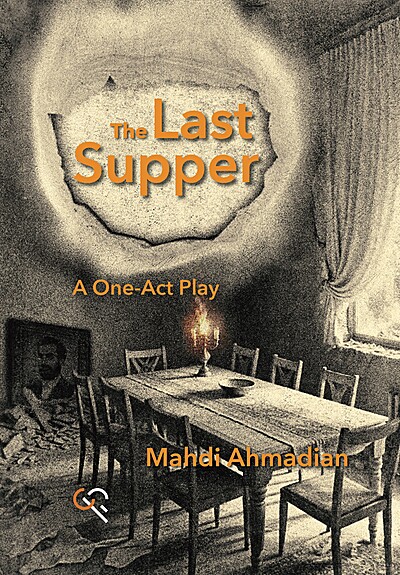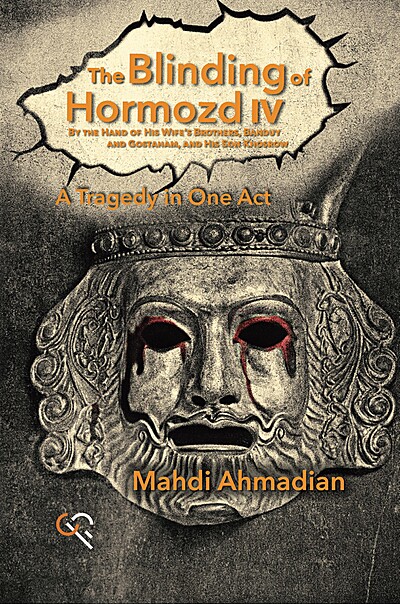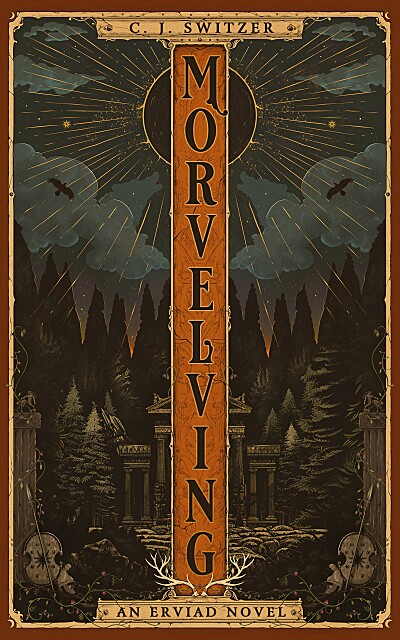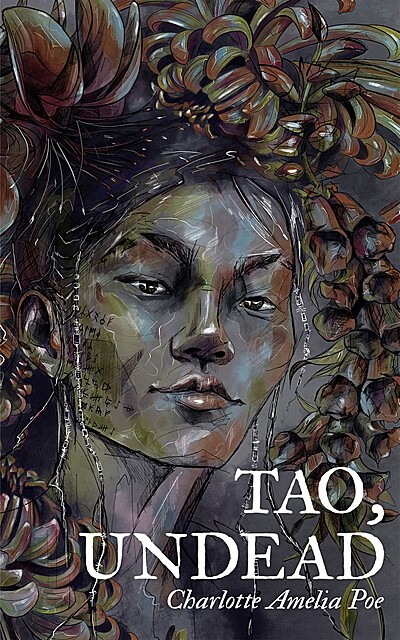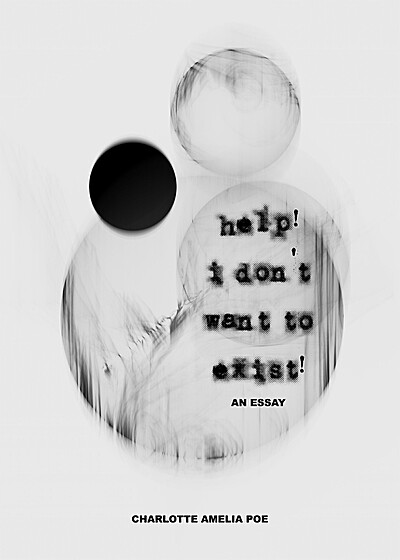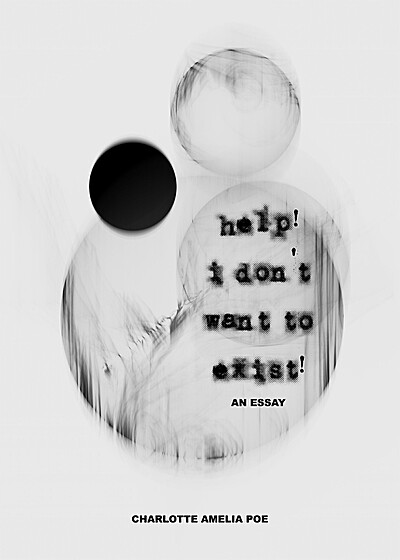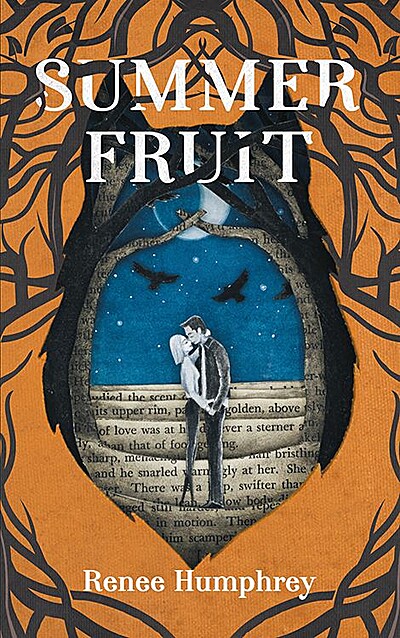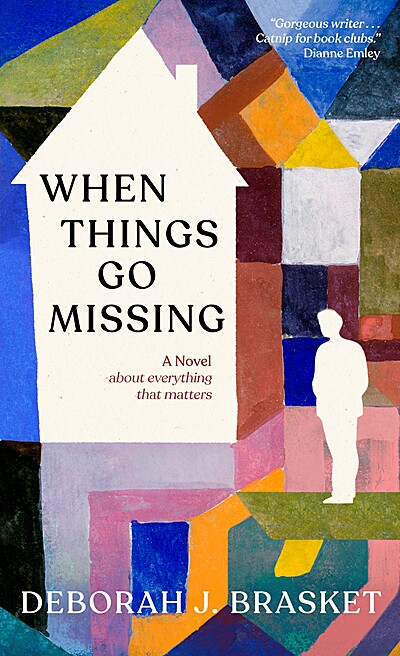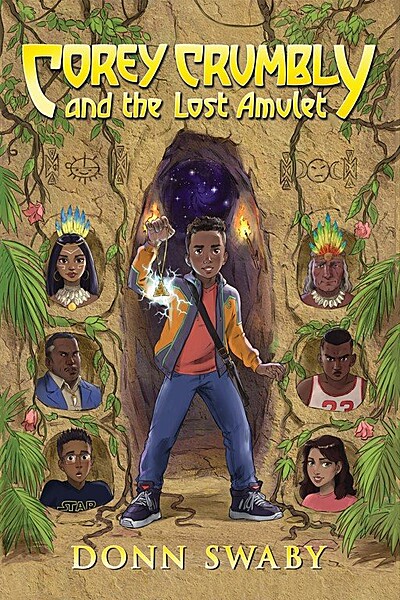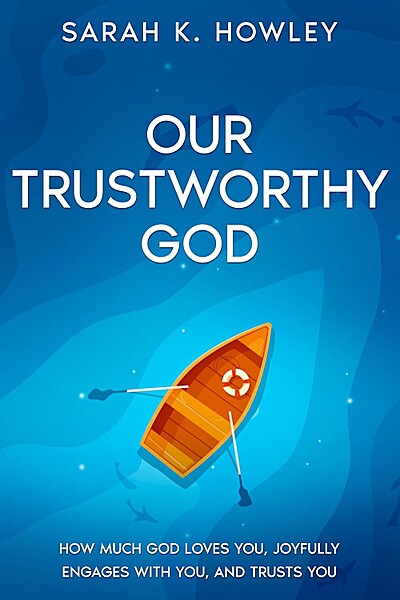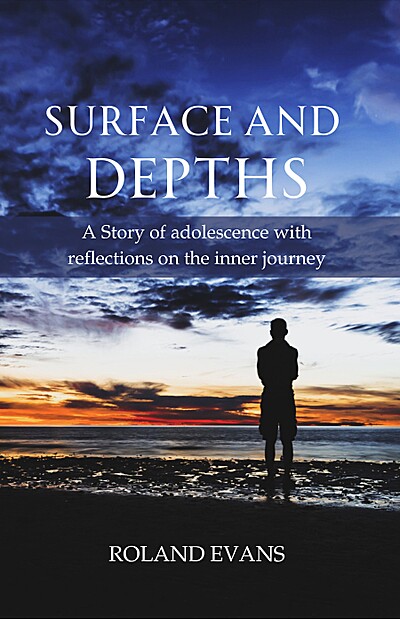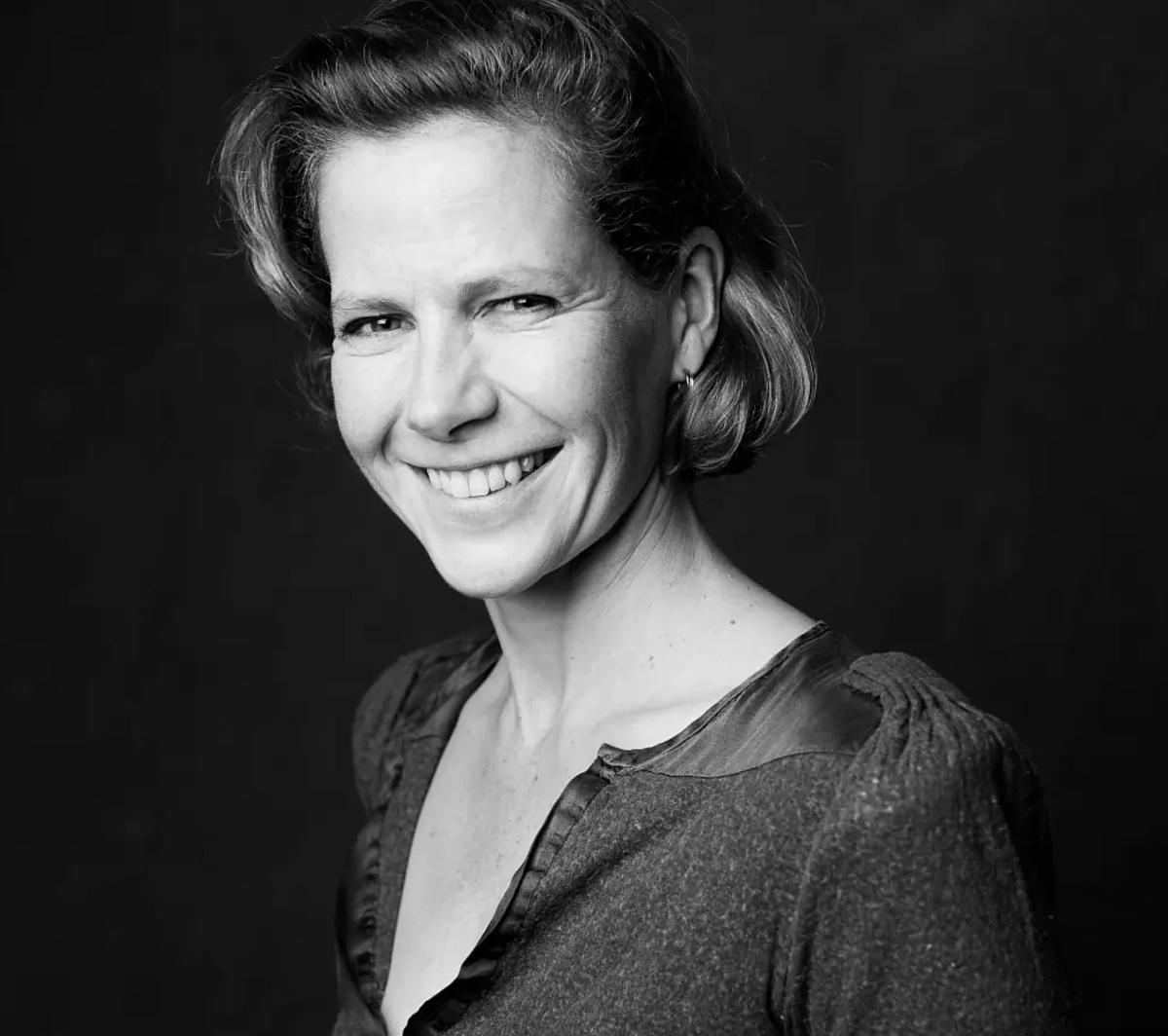
I was pleased to sit down this month with Laura Spinney, the author of Proto: How One Ancient Language Went Global, a new book about Proto-Indo-European. Spinney is a Paris-based British and French science journalist best known for Pale Rider, a global history of the 1918 influenza, which has been translated into more than 20 languages.
Proto: How One Ancient Language Went Global traces the story of Proto-Indo-European, the ancestor of languages spoken by nearly half of humanity, including English, Latin and Irish in western Europe, Sanskrit and Hindi in India, and even the lost Tocharian languages of western China. Starting in its Black-Sea cradle 6,000 years ago, Spinney blends historical linguistics, mythology, archaeology and genetics with travel stories and personal encounters. Kirkus called the result “a smart, dense, detailed account,” while Publishers Weekly concluded that “this rivets.”
As a former student of Latin, Greek and a little Hittite, I was eager to read the book and interview the author. I was excited to find that archaeology and genetics have transformed the field in recent years. We spoke about the DNA revolution, her favorite language and—of course—her books and reading life!
Tim: What made you want to write about Proto-Indo-European?
Laura Spinney: Because it’s a subject that people get passionate and very grumpy about, that matters to them out of all proportion; because getting at the truth requires real detective work, gathering clues in at least three scientific domains; and because the ancient DNA revolution has pretty much rewritten the Indo-European story in the last decade – to the extent that even people working in those three fields will tell you that nobody has an overview. When I heard that, I realised that there was a useful service that I could provide as a journalist, because I could interview people in the three fields and weave a narrative out of what they told me – a sort of state of the union of the Indo-European question, at this moment in history.
Tim: Starting from hundreds or thousands of original speakers, the descendants of Proto-Indo-European now outpace all other language families in numbers and geographic spread. Why?
Laura Spinney: Something was very successful about that particular language family, no doubt about it. But I think a lot of it comes down to historical accident, or accidents. Proto-Indo-European happened to be the language of a group of people who invented a new way of life – nomadic pastoralism – that allowed them to exploit the vast energy reserves of the Eurasian steppe better than anyone had before them. The inevitable result was a population explosion, and as they spread out, those nomads’ descendants carried their languages with them. But Proto-Indo-European itself eventually died out, and so did many of its offspring. About 400 Indo-European languages and dialects are spoken today, and none of them would have been intelligible to the original Proto-Indo-European-speakers, so it’s not as if the family stood still. Its success, if you want to call it that, has been due to (some of) its speakers’ ability to adapt to a changing context.
Tim: After covering the Yamnaya, the likely first speakers, you move onto chapters about the many branches of Proto-Indo-European. What did you most enjoy learning and writing about?
Laura Spinney: I love them all. I would say that, like a good parent. But it’s true that the Tocharian story was one of the ones I took most pleasure in writing, because of the suggestion that the language was seeded by prehistoric people who were on some kind of crusade – looking for their own utopia. People have set off in search of that non-existent paradise throughout history, and now we know they were doing it in prehistory too. The human imagination is a powerful thing.
Tim: The German translation is titled Der Urknall unserer Sprache, “The Big Bang of Our Language.” Maybe that’s because Germans self-centeredly call it “Indo-Germanic.” But is understanding the origin of our language and people also a sort of self discovery?
Laura Spinney: It certainly has been for me. What have I learned? I’ll keep my list to three things. One, that language is unbelievably malleable, and that languages are time capsules that store their own history within them. If we are clever, we can unravel them like old scrolls and discover that history. Two, that there are deep connections between languages spoken very far apart in the world, and between the stories that their speakers tell. This fact seems to me to explain much about us, but it was previously absent from my education. And three, that migration has been a constant throughout human (pre-)history, and that the paths those migrants took are, to a very large extent, preserved in the branchings of our linguistic family trees.
Tim: Tell us about your library.
Laura Spinney: I love to read but unfortunately I’m a slow reader. If I could change one thing about myself, it would be that. I prefer to read physical books, though I’m not dogmatic about it. I live in Paris where apartments are relatively small so there isn’t an enormous amount of space for books and very annoyingly, mine are not organised according to any known system. My solution has been to carve out two emergency areas. One, on the floor, is books relevant to my current project. The other – suitably elevated – is books that have been important to me at various times and that remain close to my heart. They include works by Camus, Kundera, Faulkner, Jeanette Winterson and Italo Calvino. The shelf dedicated to them is always the closest to where I work, so that their good literary vibes can wash over me.
Tim: What have you been reading lately?
Laura Spinney: John Steinbeck’s East of Eden. I loved it. I copied out these lines into my diary: “‘Maybe the knowledge is too great and maybe men are growing too small,’ said Lee. ‘Maybe, kneeling down to atoms, they’re becoming atom-sized in their souls. Maybe a specialist is only a coward, afraid to look out of his little cage. And think what any specialist misses – the whole world over his fence.'”


